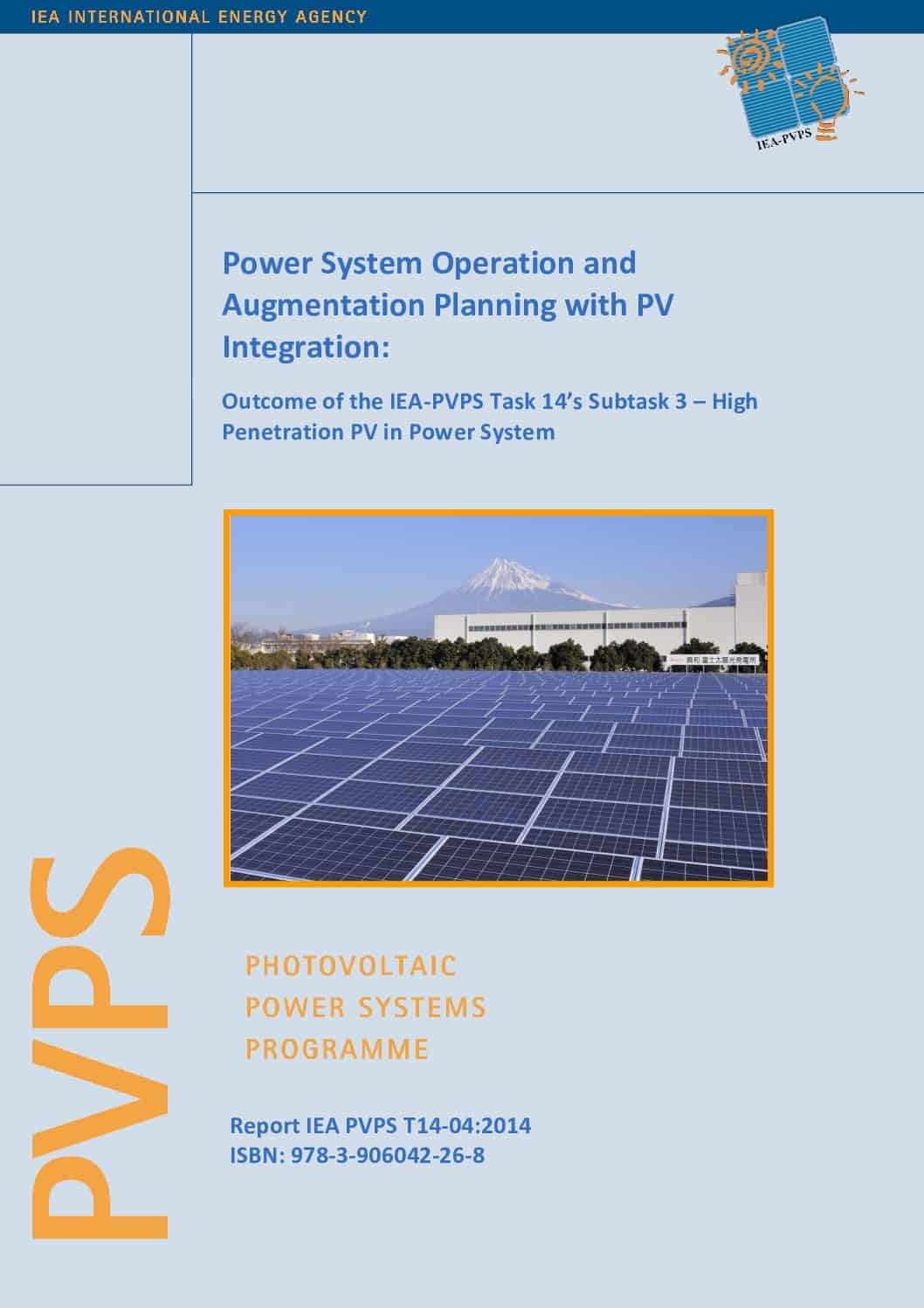PV generation is one of the renewable energy generation source that introduces variability and a reduced production predictability in the power system. It differs from the traditional thermal and reservoir-type hydro power generation whose output is fully controllable (dispatchable). PV output varies by nature periodically in a year and in a day, and irregularly due to weather condition.
In that respect, high penetrations of PV generation are expected to create specific challenges in terms of management but also in terms of voltage and power flow fluctuation in the local distribution grids. In the same way, high penetration of PV will increase the complexity of managing the balance between supply and demand at the scale of the whole power system. This will result in specific problems including frequency fluctuation and difficulty of balancing demand and supply.
Accordingly, in order to ensure high PV penetration in a power system, it is crucial to evaluate the impact on operation and augmentation planning to envision the future power system. In the planning of operation and augmentation, it is necessary to identify gaps in current PV system technology and power systems and to analyze how large numbers of PV installations can be successfully integrated.
The IEA-PVPS TASK 14 Subtask3 deals with the PV integration into power systems from the complete power system view point, based on PV generation forecasting, power system operation and power system augmentation.
The current study mainly focuses on balancing supply and demand at system level, including some aspect of managing congestion in the transmission grids. This report is discussing some concepts of grid reinforcement and expansion of transmission network as well.
The report discusses the impacts of PV penetration and new technologies, and then reviews the state-of-the-art technology for system operation planning and grid reinforcements. A section discusses case studies of system operation planning.
